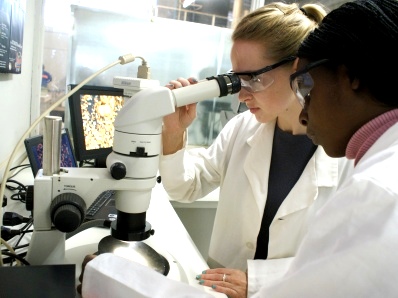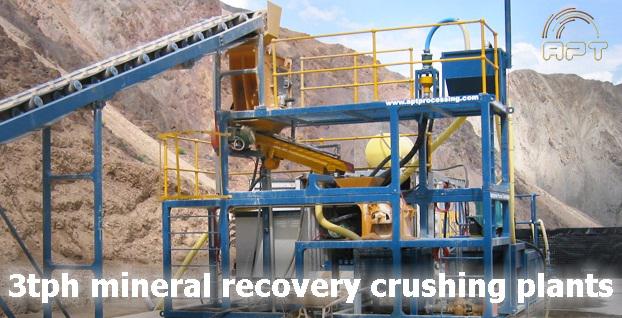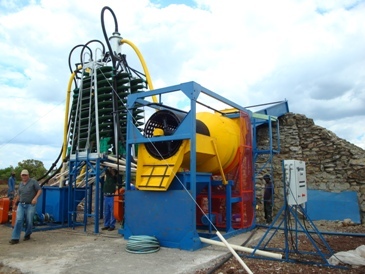 APT have found a ready need in the field for basic process plants that offer efficiency coupled with specific emphasis on capital saving. We have, for a long time now, offered our very comprehensive and automated plants to the market place as a standard. On the ground, however, research has shown that, in many instances, start-up programmes are going into their ventures looking for just the frame of what they need to structure their mining endeavours; they are looking for the basic options.
APT have found a ready need in the field for basic process plants that offer efficiency coupled with specific emphasis on capital saving. We have, for a long time now, offered our very comprehensive and automated plants to the market place as a standard. On the ground, however, research has shown that, in many instances, start-up programmes are going into their ventures looking for just the frame of what they need to structure their mining endeavours; they are looking for the basic options.
Knowing this, our design team have recently placed emphasis on getting a highly economical B Series range of recovery equipment together, and making this available to the mining fraternity. This B Series range is now available at both 10t/hr and 20t/hr feed rates, and has already been implemented in several mining operations.
This has created a stir, and we have already had feedback from the field with particular interest being generated from miners with start-up projects. The response to their requests is this B Series module; simple and efficient RG Scrubber processing plants for gold recovery in alluvial plays. Our simple solution needs to take into account the problems that arise when working on tough alluvial terrain. Common sense tells us that in these rigorous and rough mining conditions, looking after direct engine drives is far too vulnerable. Because of this, we are now opting for generator or mains power coupled to electric motor drives (simple green start /red stop technology). Taking factors such as these into account, the B Series range contains different offerings that you can choose as the basis for your mining operation, depending on your needs.
RG100B 10t/hr series:
This series offers a simple manual discharge non-fluidised GoldKacha or fluidised MD12 (manual discharge)
Knelson Concentrator, including trouble-free internal electrics as well as an optional internal water pumping and water pond.
RG200B 20t/hr series:
This series incorporates the MD20 Knelson Concentrator, an internal water pumping and water pond, concentrates carts and straightforward internal electrics.
A standard offering on both B Series plants (RG100 and RG200) incorporates basic electric motor internal drives, with a generator only provided as an optional extra.
The concentrates upgrading is undertaken by employing our GoldKonka Upgrader which employs non-chemical smarts; simple, highly efficient and water based. As has been done with our complete range, this upgrader has been tried and tested and has proven to be extremely economical and effective in recovering even the finest gold particles.
If there is nugget prevalence, the NuggetSnatcha (trap) can be added, as well as the GoldJigga as an optional extra. These recovery modules are also economically sound and environmentally friendly, both of which are in high demand in the mining world today.
In being an optional extra, commissioning is only entertained if APT supplies the generator.
All-in-all, the B Series option provides the fundamental, efficient and robust solution to your alluvial gold mining needs. This option allows for the smarts behind the plants to remain, while releasing capital outlay to the minimum in the first instance. Should the need for an automated plant arise, our standard series RG system will need to be employed. The options are there, you just have to take one.


























